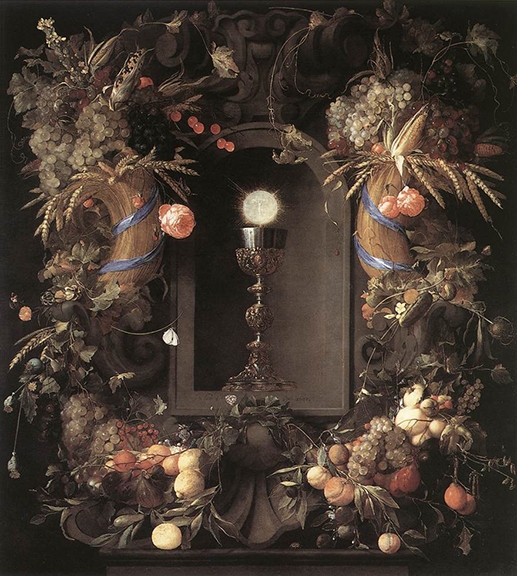
People across the Diocese of Nashville, and every other American diocese, are already busy preparing to celebrate Thanksgiving.
They are making plans to host family and friends for the day-long celebration. They are pulling down all the Thanksgiving themed knick knacks and decorations from the attic that will soon be replaced with Christmas themed knick knacks and decorations. And they are digging out their recipes for a great feast of turkey and stuffing, pumpkin pie, and the rest of the long menu of Thanksgiving favorites.
All the activity is part of an expression of gratitude for our many blessings in life.
Thanksgiving is obviously a secular holiday, commemorating the good fortune the Puritans found in the New World, a good fortune that we Americans share to this day.
But the Thanksgiving legend has so many religious, and Catholic, overtones.
The first Thanksgiving feast shared by the Puritans and the Wampanoag tribe was arranged by Squanto, a Native American who had been catechized by Spanish Dominican Friars. Squanto had been captured by an English party led by Capt. John Smith, which planned to sell him into slavery. The Dominicans rescued him, instructed him in the Catholic faith, and helped him get to England so he could return to his people.
Squanto helped the Puritans survive by teaching them to hunt, fish and grow corn and then tried to help the Wampanoag tribe build a peaceful relationship with the Puritans, one that sadly did not survive.
The thanksgiving feast between the Wampanoag tribe and the Puritans wasn’t the first celebration of thanksgiving on American shores. More than 50 years before the Puritans established the Plymouth Colony in present day Massachusetts, a group of Spanish colonists celebrated a Mass of Thanksgiving and had a feast with members of the Timucuan tribe near present-day St. Augustine, Florida.
In 1598, another group of Spaniards celebrated their successful crossing of the desert in northern Mexico and southern Texas with a Mass and a feast with the indigenous people of the area along the Rio Grande.
When those Spanish priests stopped to celebrate a Mass of thanksgiving, it was a most Catholic thing to do. It is part of our faith as Catholics to give thanks to God for the many blessings he has bestowed on us. Most importantly, we give thanks for the gift of his son, Jesus Christ, who sacrificed himself for the forgiveness of our sins. In our Catholic view of the world, that gift is the most powerful of all of God’s gifts.
As Catholics, we celebrate Thanksgiving every time we go to Mass. The very word eucharist comes from the Greek word for thanksgiving and is a reminder that as followers of Christ we have so very much to be thankful for. We are thankful for his love and his mercy. We are thankful for the Catholic faith that has been passed on to us by the Communion of Saints. In our gratitude, we find peace and joy.
Our experience as Catholics shows the path to a fulfilling and joyful life. To be happy, be grateful. But we can’t stop there. We are called to share our gratitude and our blessings with others. That is the lesson of the Thanksgiving feast.
So, for this Thanksgiving and every day that will follow, we should look beyond our immediate family to share our blessings. Be the face and hands and feet of Christ to all you encounter. Share the mercy and love God has showered upon us. Gather not only around the dinner table but at the altar where we celebrate the eucharistic thanksgiving.
When we do that, we will infuse this secular holiday with the Catholic faith.









